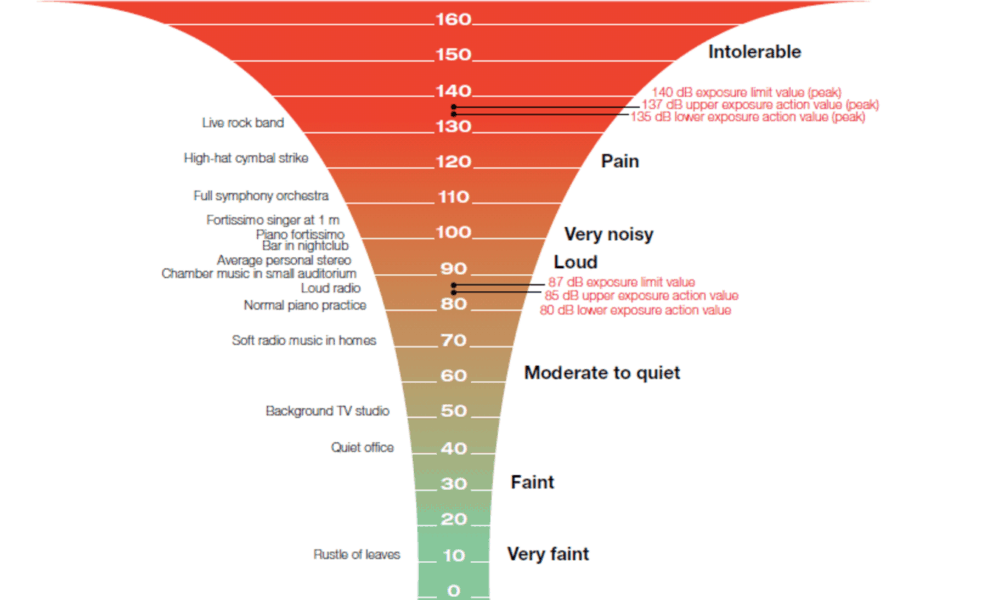What is a decibel dB?
Some facts
- a decibel is the ratio of two power measurements
- decibels have no units
- decibels is a logarithmic relationship
- a decibel is 1/10 of a Bel
- decibels were created to make sense of the relationships between numbers that are several orders of magnitude different in size. eg 32 000 000 000 000W and 450W
- the formula used to calculate decibels is:
Power difference in dB = <math>10 \log_{10}\frac{P_A}{P_B}</math>
Why use decibels
Using the two numbers above:
<math> P_A = 32 000 000 000 000</math>W and <math> P_B = 450</math>W , then:
<math>10 \log_{10}\frac{32000000000000}{450}</math> <math>\approx</math> 109
Hence we would say that Power A is approximately 109dB greater than Power B
What about voltage comparisons in dB?
the relationship between Power and Voltage is:
<math> Power = \frac{Voltage^2}{Resistance} </math>
Squaring a number will double its logarithm (log), so
Power difference in dB = <math>20 \log_{10}\frac{V_A}{V_B}</math>
What is a reference level?
Reference levels were created because dB is a unitless calculation, unlike calculations such as voltage, power current, etc.
In Ham radio, the most common measurements that require the use of dB are Gain and Radiated Power Measurement. Further information about reference levels can be found in the linked pages.

